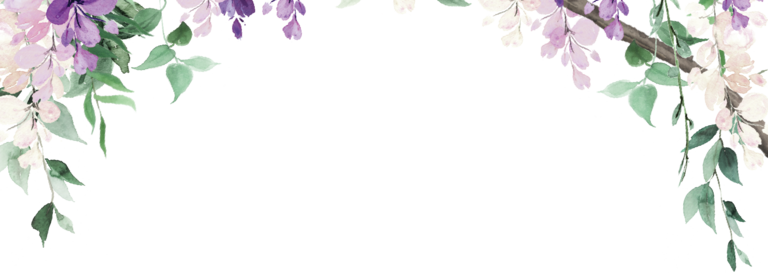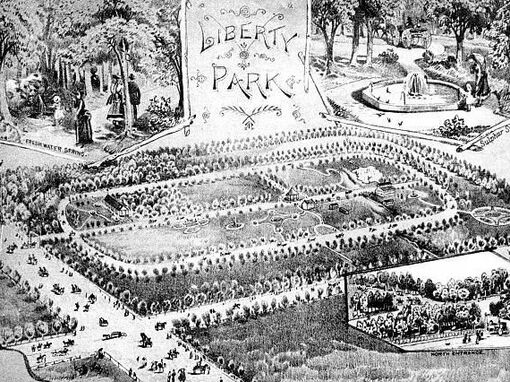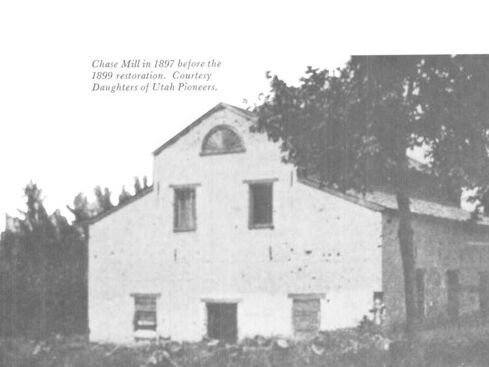
Laura & Leonard
Laura & Leonard
The Venue
Liberty Park
Originally, Liberty park was purchased by Pioneer Isaac Chase in 1847. By 1860, Brigham Young had purchased the land and many trees were planted. In 1881, Salt Lake City purchased the area and it became a recreational area, Liberty Park. Playgrounds were installed at the park by 1912. It remained Salt Lake City's largest park until Sugar House Park opened in the early 1950s.
Liberty Park was also the focal point for the controversy over clean air back in the early 1900s. Some people believed that smelter smoke had damaged foliage in Liberty Park and the surrounding residential areas and in 1908, Salt Lake Mayor John Bransford identified smoke reduction as one of the city's most urgent needs. Shortly after, most of the smelters in the central Salt Lake Valley closed or relocated and the air became better.
Hogle Zoo also spent its first 19 years in Liberty Park. In 1911, it sported a cage of monkeys and some deer inside the park. That expanded with many more animals the next year. By 1916, the zoo had its first elephant, "Princess Alice." But by 1931, the zoo had outgrown quarters in the heart of the city and moved to its current location at the mouth of Emigration Canyon.
There's ample shade, a large pond, concession stand, swimming pool, volleyball courts, rest rooms, jogging paths, horseshoe throw pits, basketball courts, tennis courts, picnic areas and even a greenhouse in the park today.

Liberty Park as it looked in 1890s
Tracy Aviary & Botanical Gardens
The Aviary may be enjoyed by guests during the wedding.
Tracy Aviary at Liberty Park opened to the public on July 2, 1938. The then four-acre facility was not only home to several hundred birds but other animals, including seals, monkeys, and kangaroos.
Before opening to the public, the birds at Tracy Aviary had been part of the personal collection of a banker by the name of Russel Lord Tracy. He collected and displayed the birds in the yard of his home in Salt Lake City. As his collection became more popular, he realized he needed a more public location for his birds to be viewed. He worked with the city to designate a portion of Liberty Park, which had previously been home to the Zoo, to serve as an aviary. Tracy donated his collection to the city for the enjoyment, entertainment, and education of Salt Lake City’s children and stayed involved in the aviary until he died in 1945.
Over the past 80 years, Tracy Aviary has continued to grow and evolve into a cultural landmark, public garden, and leader in environmental education and conservation. Today, the Aviary is an 8-acre oasis that houses over 400 birds from around the world, including many that are endangered or extinct in the wild.

Kids feed ducks and geese at a pond in Tracy Aviary in May 1941
The Chase Mill
The three floors of the Chase Mill may be accessed by guests during the wedding. The bathrooms are located in the basement.
The Isaac Chase Mill is the oldest commercial building still standing in Utah. The mill was built beginning in 1847 when the second group of Latter-day Saints arrived in the Salt Lake Valley and was finished in 1852. The mill was made by Isaac Chase who had been a successful miller in his home state of New York. Isaac took the trek west in 1847 with his family, including his 13-year-old daughter who drove the wagon that had the gristmill equipment. It was with this equipment that he was able to create his mill which became one of the first in Utah.
In 1854, after two years of the mill’s operation, Brigham Young joined Isaac Chase and became his partner in the mill’s production. Chase continued as a miller for the next six years before selling his share of the mill to Brigham Young in exchange for a cabin in Centerville, Utah in 1859. The mill then became known to most as Brigham Young’s lower mill as he already owned a mill further north in Salt Lake City.
The mill became well known due to the famine of 1856-1857. During the famine, Isaac Chase’s mill provided free flour to the people of the valley, helping them survive and saving numerous families. Before Brigham Young’s death, he said he wished the land on which the mill stood to be sold to the city for the lowest possible price. On April 20, 1881 Salt Lake City purchased 100 acres of land from the Brigham Young estate which included the Chase Mill.
Today the mill stands as a historic monument at Liberty Park, which was once known as Mill Farm in honor of the Isaac Chase Mill. The Chase Mill’s most recent renovation, completed in 2006 by Tracy Aviary, includes earth-friendly building materials like cork flooring, pressed sunflower seed countertops, and clay plastering on the walls.

Chase Mill in 1897